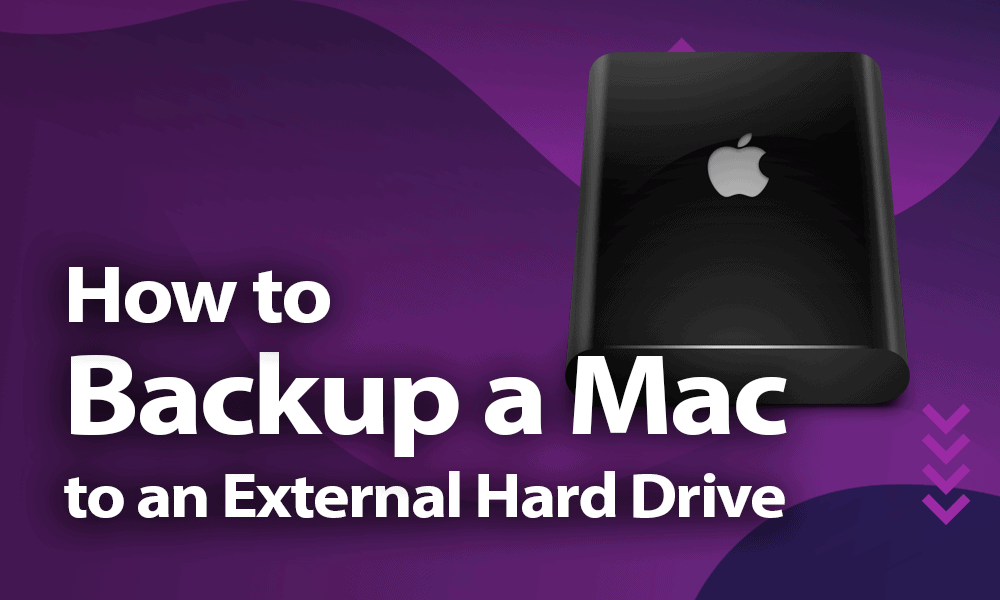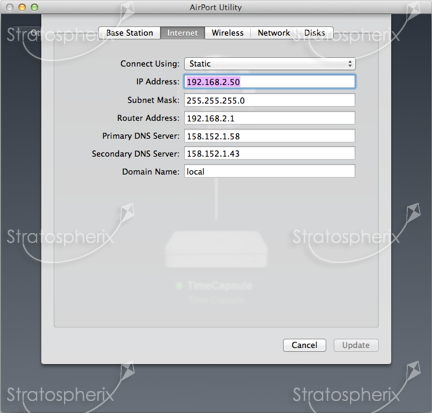
#USING MAC NETWORK DRIVE FOR TIME MACHINE HOW TO#
I won't go into detail on how to create a shared folder on a Windows PC, but before you begin, you'll need to have a shared folder created and accessible to your Mac that you want to run Time Machine on.

It's optimized for solid-state drives (SSDs) and other all-flash storage devices, but it also works on mechanical and hybrid drives. Nor does Apple have any reason to back-port that role type.The issue that makes Time Machine more complicated in terms of options for backup locations is that it requires the use of the Apple File System (APFS), which first launched with macOS High Sierra. In Big Sur, Apple added the Backup role, designed for Time Machine snapshots and incremental backups, and which is effectively unreadable in Catalina and earlier, because those releases simply don’t know how to interpret it. (In Catalina, Apple added volume groups, which are used to hold the operating system itself in pieces, separating your data from system files, enhancing system security and integrity.) You can have several volumes in a container that dynamically share the space allotted to the container, which means you don’t have to allocate storage space to a given volume beforehand. Each container has one or more volumes, and each volume (starting in High Sierra) has a “role,” which defines the kind of volume it is. APFS divides a disk into one or more containers (similar to partitions).

Not only must you use Big Sur to back up to an APFS-formatted Time Machine volume, you can’t even access the backups from a Mac with Catalina or an earlier macOS version installed. This might go without saying, but I know enough people with mixed-system setups who will ask.

I would set up any new Time Machine volume formatted with APFS, but not convert an old one from HFS+.īig Sur APFS-based Time Machine backups can’t be used in Catalina or earlier releases. While APFS has advantages for SSD-based storage, there really aren’t any for hard disk drives, the most likely kind of drive used for large-capacity backup drives. Because of the structural differences, you can’t just copy from HFS+ to APFS, either. However, if you want to shift a drive from HFS+ to APFS, you have to reformat the drive, and that erases all the Time Machine backups. You can set up a drive from scratch with HFS+ to create new Time Machine volumes as well. Your old HFS+ based Time Machine volumes remain valid and readable in Big Sur. (Insert thinking face emoji here, for sure.) Apple created an exceedingly wacky way to encompass Time Machine’s snapshot format inside the APFS format, almost as if the company hadn’t developed both APFS and Time Machine. There’s no way to convert an HFS+ Time Machine volume to one that uses APFS without erasing it.

#USING MAC NETWORK DRIVE FOR TIME MACHINE FULL#
But it took a full three releases from the first APFS appearance until Time Machine backups could be written to drives formatted with APFS: macOS 11.0 Big Sur is the first release to allow that.īut you format a Time Machine drive to APFS, there are a few things to consider. Fusion Drives followed with macOS 10.14 Mojave. In that release, all SSD-based Macs were upgraded to APFS. Apple started shifting Macs from its old HFS+ filesystem to its more sophisticated APFS format with macOS 10.13 High Sierra.


 0 kommentar(er)
0 kommentar(er)
